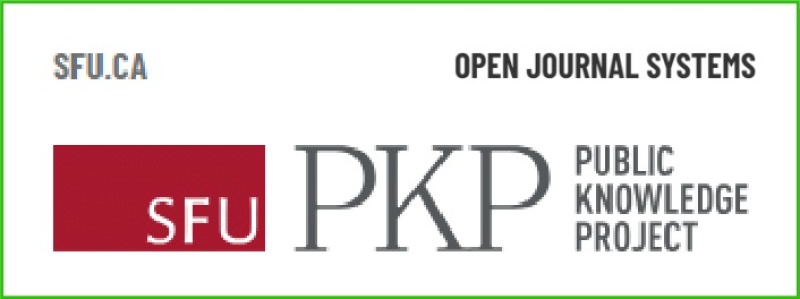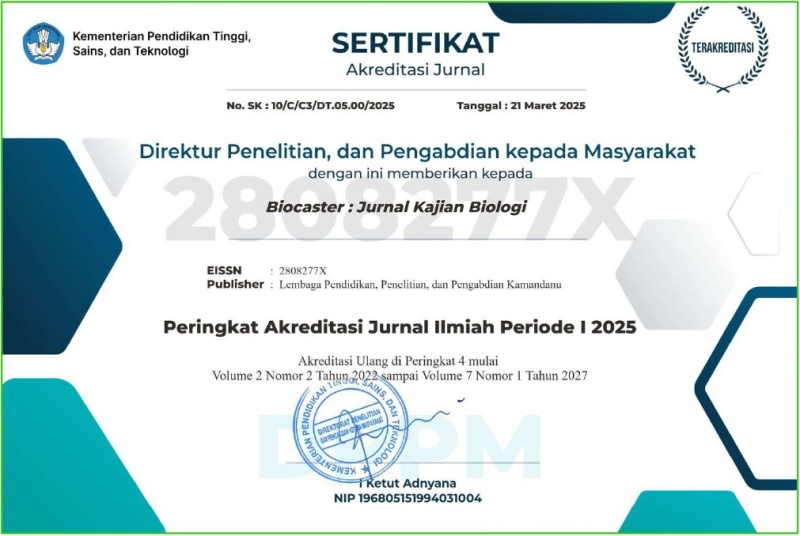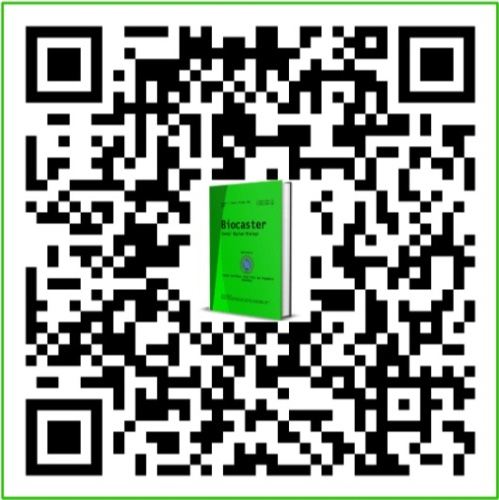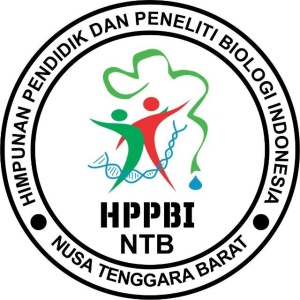Studi Retrospektif Kejadian Pyometra pada Pasien Kucing di Beberapa Klinik di Kota Mataram
DOI:
https://doi.org/10.36312/biocaster.v5i4.642Keywords:
Female Cats, Prevalence, Pyometra, SterilizationAbstract
Pyometra is a progressive and life-threatening reproductive system disease in female cats, especially those that are not sterilized. This disease is characterized by the accumulation of pus in the uterus due to a bacterial infection triggered by the influence of the hormone progesterone in the diestrus. This study aims to determine the prevalence and characteristics of pyometra cases in cats in Mataram City and identify risk factors. The research was conducted retrospectively by tracing medical record data from three veterinary clinics in Mataram City (ZZ Pet Care Clinic, Medina Vet Clinic, and drh. Rama & Partners Clinic) during the period June 2024 to May 2025. A total of 339 female cats were examined, and 42 cases of pyometra were found with a prevalence of 12.39%. The most cases were found in the age group of 1.5-2 years (52.38%) and domestic race (57.14%). All cats with the disease have not been sterilized with most having no mating history. These results show that active reproductive age, sterilization status, and local race are the main risk factors for pyometra in Mataram City. Therefore, preventive measures such as ovarihysterectomy and education to animal owners about the importance of reproductive management are needed to significantly reduce the incidence of pyometra.
Downloads
References
Azura, D., Nabila, M., & Damanik, A. S. H. (2023). Analisis Dampak Perilaku Sterilisasi terhadap Kesehatan Kucing Betina dan Jantan. JPB : Jurnal Pendidikan Biologi, 1(1), 1-10. https://doi.org/10.47134/biology.v1i1.1925
Hagman, R. (2018). Pyometra in Small Animals. Veterinary Clinics of North America : Small Animal Practice, 48(4), 639-661. https://doi.org/10.1016/j.cvsm.2018.03.001
Handoko, J., & Palyoga, H. (2022). Representasi Opini Masyarakat Muslim Pemelihara Kucing terhadap Tindakan Bedah Orchiectomy dan Ovariohysterectomy sebagai Upaya Kontrol Populasi Kucing. In Prosiding Konferensi Integrasi Interkoneksi Islam dan Sains (pp. 143-149). Yogyakarta, Indonesia: Faculty of Science and Technology, Universitas Islam Negeri Sunan Kalijaga Yogyakarta.
Howe L. M. (2015). Current Perspectives on the Optimal Age to Spay/Castrate Dogs and Cats. Veterinary Medicine (Auckland, N.Z.), 6(1) 171-180. https://doi.org/10.2147/VMRR.S53264
Johnson A. (2022). Clinical Approach to Infertility in the Cat. Clinical Theriogenology, 14(3), 146-150. https://doi.org/10.58292/ct.v14i3.9164
Malbrain, M. L. N. G., Regenmortel, N. V., Saugel, B., Tavernier, B. D., Gaal, P. J. V., Boyau, O. J., Teboul, J. L., Rice, T. W., Mythen, M., & Monnet, X. (2018). Principles of Fluid Management and Stewardship in Septic Shock: It is Time to Consider the Four D’s and the Four Phases of fluid Therapy. Annals of Intensive Care, 8(1), 1-16. https://doi.org/10.1186/s13613-018-0402-x
Misk, T., & El-Sherry, T. (2020). Pyometra in Cats: Medical Versus Surgical Treatment. Journal of Current Veterinary Research, 2(1), 86-92. https://doi.org/10.21608/jcvr.2020.90228
Palupi, T. D. W., Suprayogi, T. W., & Ismudiono, I. (2022). Medical Treatment for Pyometra in Cat. Jurnal Medik Veteriner, 5(1), 124-130. https://doi.org/10.20473/jmv.vol5.iss1.2022.124-130
Pesch, S. G., & Packeiser, E. M. (2022). Reproductive Management in Catteries: Optimising Health and Wellbeing through Veterinarian-Breeder Collaboration. Journal of Feline Medicine and Surgery, 24(9), 881-904. https://doi.org/10.1177/1098612X221118760
Rosyta, N., Wijaya, I. D., & Huda, M. F. (2024). Prevalensi Pyometra pada Kucing Domestik di Beberapa Klinik Hewan Wilayah Jawa Timur. Jurnal Medika Veterinaria, 12(1), 1-6.
Santo, R. (2022). Penanganan Kasus Pyometra pada Kucing Domestik di UPTD Puskeswan Kota Makassar. Skripsi. Universitas Hasanuddin.
Soesatyoratih, R., & Esfandiari, A. (2022). Citra Ultrasonografi dan Profil Hematologi Kasus Pyometra pada Kucing di Klinik Hewan Cimanggu. ARSHI Veterinary Letters, 6(4), 61-62. https://doi.org/10.29244/avl.6.4.61-62
Ward, J. M. (2017). Clinical Management of Feline Pyometra: A Review. Journal of Feline Medicine and Surgery, 19(5), 471-477.
Wardana, F. K., Bakti, L. D., & Nurwijayanti, K. (2023). Sistem Pakar Diagnosa Penyakit pada Kucing dengan Metode Certainty Factor Berbasis Web. Jurnal Kecerdasan Buatan dan Teknologi Informasi, 2(1), 20-31. https://doi.org/10.69916/jkbti.v2i1.14
Downloads
Published
How to Cite
Issue
Section
License
Copyright (c) 2025 Imam Sofyan, Munawer Pradana, Iwan Doddy Dharmawibawa, & Maratun Janah

This work is licensed under a Creative Commons Attribution-ShareAlike 4.0 International License.
-
Attribution — You must give appropriate credit, provide a link to the license, and indicate if changes were made. You may do so in any reasonable manner, but not in any way that suggests the licensor endorses you or your use.
-
ShareAlike — If you remix, transform, or build upon the material, you must distribute your contributions under the same license as the original.











































